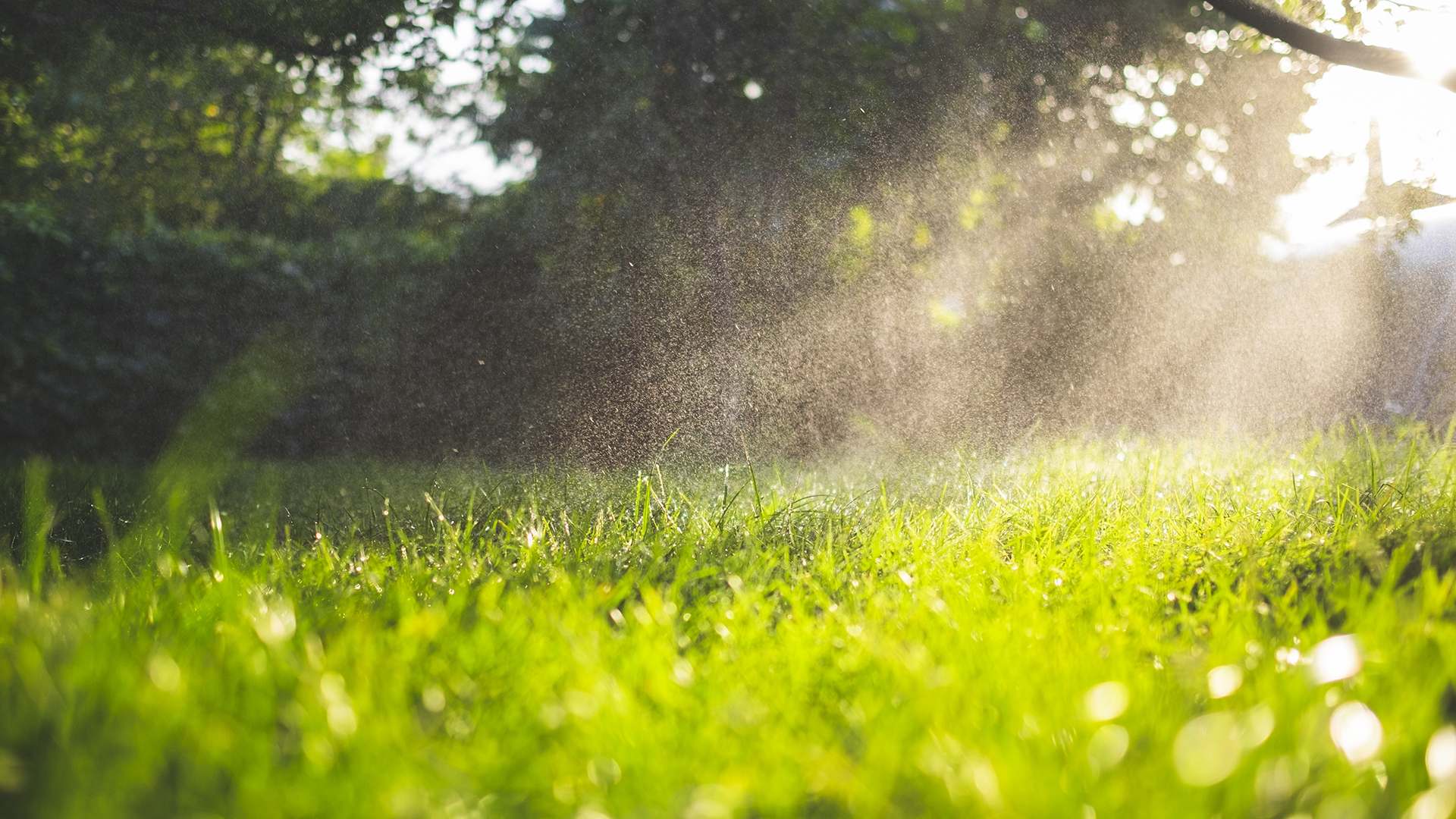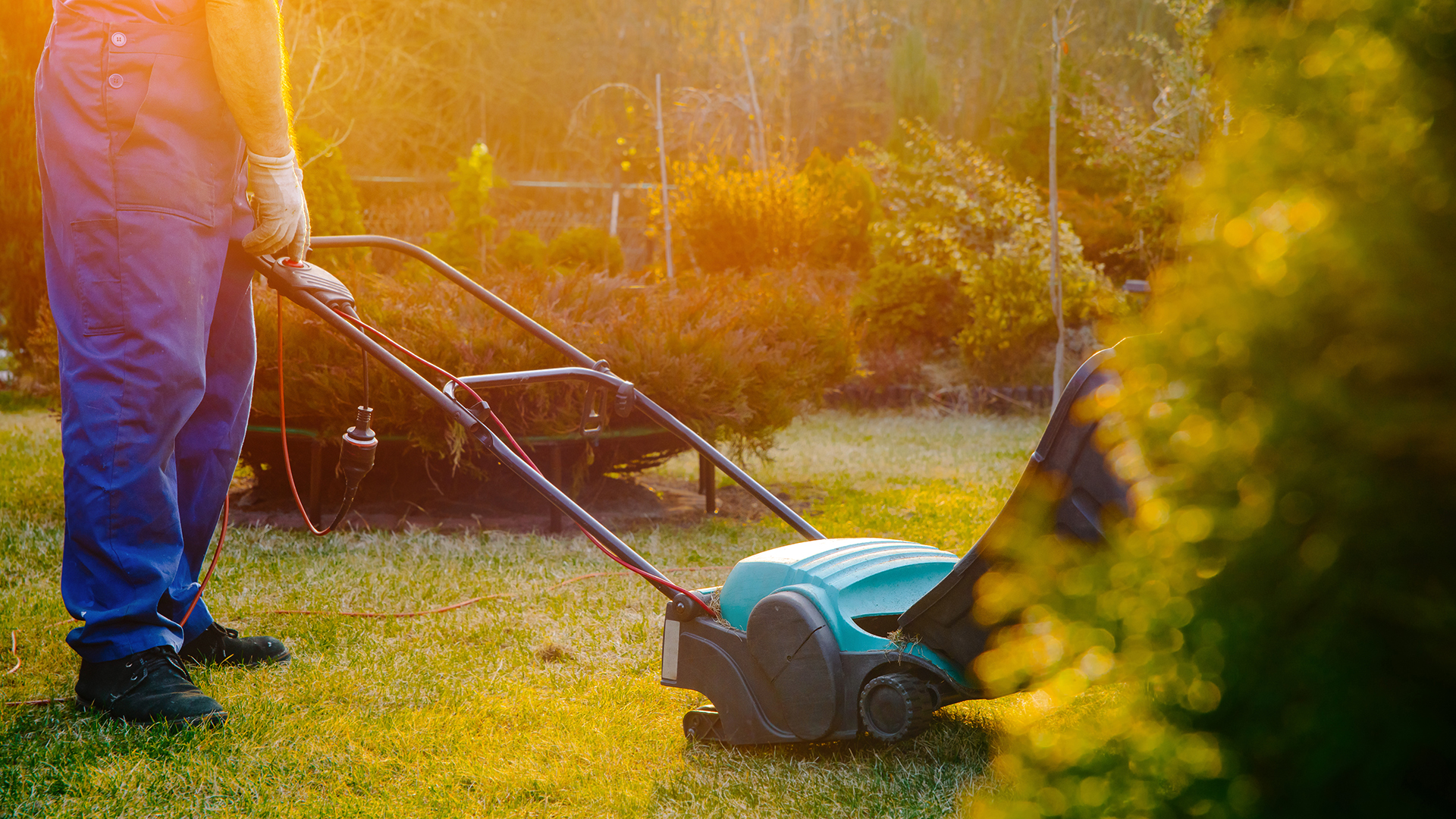Lawn dethatching is an incredibly useful process for those who want a picture perfect backyard, but what exactly is it? Thatch is made up of side shoots that die off at the base of your grass, but getting rid of this can help to keep your lawn healthier. This process is called lawn dethatching, but is also known as scarification.
While mowing with one of the best gas lawn mowers or the best electric lawn mowers is essential for a beautiful lawn, dethatching is slightly different. Understanding how and why you should carry out lawn dethatching is a great way to keep your lawn looking healthy. This means that you need to be able to identify how often the task should be carried out and what you should look out for.
Why you should dethatch your lawn
Lawn Association Chairman David Hedges Gower says: “Removing thatch is something best done at least yearly (we prune most plants every year). That way, we don’t have to remove too much in one go and therefore our lawn recovers much faster. Also, be aware that trying to remove 10 years worth of un-scarified lawn material in one go might not leave enough grass to fill back in. So, see scarification for what it is, a pruning technique that controls thatch levels in order for moss not to have a chance to survive.’’
So, what is thatch? Thatch is the side shoots of grass - they normally help create your lush lawn, but then die off in order to make space for new runners.
When these grass shoots die off, they kick out lignin, a chemical that slows down the decomposition of any remaining material. This results in the dead grass getting caught up with the new shoots, and creating a ‘thatch’.
This thatch can be useful - it can protect the grass roots, stop soil becoming compacted and act as a protective layer against extreme hot or cold temperatures. But if the thatch is thicker than half an inch, it can start to do more harm than good. For example, it can block water, nutrients and air from getting to the grass roots. This prevents your lawn from growing in a healthy manner - and you can end up with uneven patches around the grass. These thatch-covered areas are also more prone to disease.
An excess of thatch can also encourage moss growth in your lawn. Moss can start to take over the lawn and stop the grass from growing; often resulting in a patchy lawn,
To get rid of this thatch you must use a technique of dethatching or scarification. This will make your lawn look healthy, allow your grass to thrive and ensure that your lawn looks better for a longer time.
Lawn dethatching tips
Just like our other plants, your lawn needs to be ‘pruned’ at least once a year. This means you don’t have too much thatch to remove - which could result in bare patches.
You should carry out your scarification or dethatching during spring or autumn. This gives the grass enough time to recover and fill in any gaps before it becomes too hot and dry, or too cold and wet.
You should also be aware of the weather conditions. For example, if it is very dry in the spring, don’t take out as much thatch as you had planned, because the grass will already be quite stressed, and will struggle to grow into any bare patches.
There are two possible tools to use - a spring tine rake will remove the thatch, but it won’t prune your grass. A bladed scarifier will remove thatch and cut through shoots to encourage better regrowth. It will also remove any moss.

You also need to be aware of the directions in which you scarify, Try to go in one or two directions only - and ensure they are at the diagonal to your usual mowing direction. This will help to ensure the grass shoots remain upright.
If you are using a bladed machine, it is best to start off with the blades set quite high – this makes sure that you are just ‘combing ‘out the excess materials. If you have the blades too low, you’ll be almost digging out the thatch. That will leave you with bare areas that will need reseeding.
It is better to have two tries at doing this job, taking out a little each time. Do remember that if you haven’t undertaken this job before, you won't be able to correct it in one season. If a lawn has been neglected for 10 years, dethatching will be a gradual job. As Lawn Association Chairman David Hedges Gower says: “Scarification is like any other form of pruning. The harder you hit it, the longer it will take to recover, and your lawn is no exception.’’
Discover more guides for the garden…
Best robot lawn mowers
Best riding lawn mowers
Best electric weed eaters

